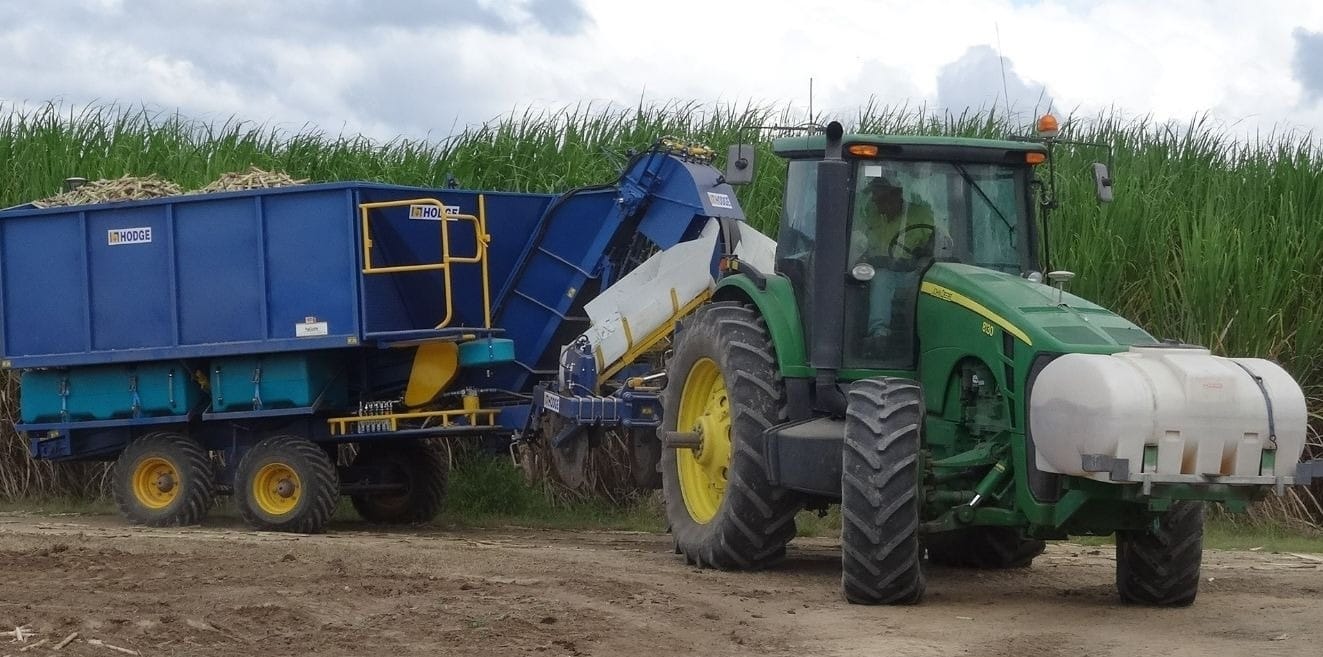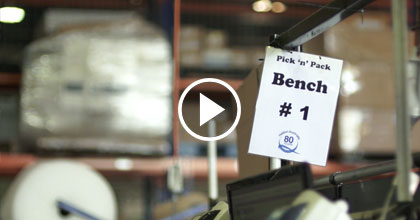Production Flow Elements – First In First Out (FIFO)
A key part of implementing Lean Manufacturing into a Production area is understanding Flow. Flow is how parts move along the processes, between each workstation and what this looks like across the week and month.
Value Stream Map for Production Flow
The future state value stream map provides a vision for what the Production flow will look like. It defines which parts of the overall production process can flow easily. It also identifies which parts need direction and which sections need the highest level of control.
Direction Between Flow Sections
For the parts of production that need direction between flow sections but some level of balancing can be achieved, a First In First Out (FIFO) queue can be useful.
FIFO queues dictate the order of the product as it arrives in a queue for the next operation. These work especially well when two or more processes are then funneled into a single process or a department.
Establishing A First In First Out Queue
An overall analysis should be conducted when establishing a FIFO queue, to ensure that the capacity is sufficient. Capacity should be able to cope with the usual variations your factory can expect over a month of production. If one section of the process is a stand out bottleneck, other lean tools might be brought in. These tools might include set-up reduction and preventative maintenance.
Defining a FIFO area needs to include the maximum and minimum amount of product you expect. This will help to establish how much area you physically need to create this queue. It will also help in setting the limits to audit the FIFO lane.
FIFO queues need to be visual. They should be signed to explain what the queue is for, what the maximum and minimum limits are. Additionally, they should also explain who moves the product in or out and who to call if things aren’t right.
Clearly defining the process to stop production when the maximum point has been reached is critical. Everyone should understand it. If not, the benefits of a FIFO queue will be lost. This is especially true if production is allowed to continue.
FIFO Queues Need Auditing
A simple daily walk of the production process, noting the level of inventory in each FIFO area, on a standard form, is a great way to keep an eye on production. It also helps to gauge the health of the process by noting which parts are running well and which areas may need help.
Keeping a daily check of the overall work in progress over a period of time will show how well the production system is going and how good the initial analysis was. This information can then be used to further refine the production system and problem solve the areas that are preventing flow from occurring. FIFO queues are a good way to control the movement of product between machines or areas of flow.








